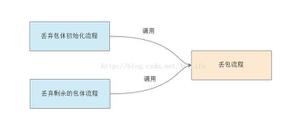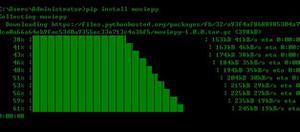python对一个数向上取整的实例方法
python中向上取整可以用ceil函数,ceil函数是在math模块下的一个函数。
向上取整需要用到 math 模块中的 ceil() 方法:
>>> import math
>>> math.ceil(3.25)
4.0
>>> math.ceil(3.75)
4.0
>>> math.ceil(4.85)
5.0
分别取整数部分和小数部分
有时候我们可能需要分别获取整数部分和小数部分,这时可以用 math 模块中的 modf() 方法,该方法返回一个包含小数部分和整数部分的元组:
>>> import math
>>> math.modf(3.25)
(0.25, 3.0)
>>> math.modf(3.75)
(0.75, 3.0)
>>> math.modf(4.2)
(0.20000000000000018, 4.0)
知识点扩展:
python对数字的四种取整方法:int,ceil,round,modf
# int(): 向下取整3.7取3;
# math.ceil(): 向上取整3.2取4;
# round(): 四舍五入;
# math.modf(): 取整数部分和小数部分,返回一个元组:(小数部分,整数部分)。注意小数部分的结果有异议
import math
flo1 = 3.1415
flo2 = 3.500
flo3 = 3.789
print(int(flo1),math.ceil(flo1),round(flo1),math.modf(flo1))
print(int(flo2),math.ceil(flo2),round(flo2),math.modf(flo2))
print(int(flo3),math.ceil(flo3),round(flo3),math.modf(flo3))
"""
int ceil round modf
3 4 3 (0.14150000000000018, 3.0)
3 4 4 (0.5, 3.0)
3 4 4 (0.7890000000000001, 3.0)
"""
到此这篇关于python对一个数向上取整的实例方法的文章就介绍到这了,更多相关python如何对一个数向上取整内容请搜索以前的文章或继续浏览下面的相关文章希望大家以后多多支持!
以上是 python对一个数向上取整的实例方法 的全部内容, 来源链接: utcz.com/z/327976.html







